The worldwide growth of tourism and the democratization of travel have unfortunately accelerated tourism practices that can be detrimental to wildlife. However, a growing awareness is leading more and more travelers to look for ways to travel responsibly. This does not necessarily mean severing all ties with wildlife, but rather rethinking our interactions with ecosystems to minimize the negative impact on wildlife.
With this in mind, here are some activities to avoid on your vacation, as well as alternatives for discovering wildlife in the most respectful way possible.
Tourism and animal welfare: activities to avoid
1. Taking selfies with wild animals
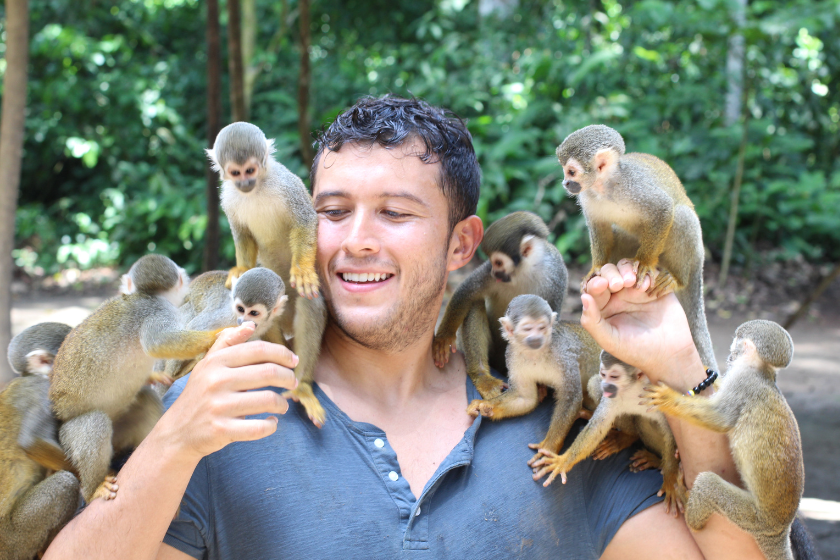
One of the most popular activities in wildlife tourism is taking selfies with wild animals. Prominently featured on social networks with numerous influencers taking photos of themselves with "exotic" animals, this activity has won over tourists who also want their own selfies. But to enable travelers to get snaps featuring snakes or to get up close to tigers, these animals are captured in their natural environment, with negative consequences for their health and ecosystem. What's more, to ensure the safety of visitors, the animals are sometimes subjected to unnatural living conditions, or even inhumane procedures such as the use of tranquilizers or the mutilation of their claws and teeth.
2. Elephant rides
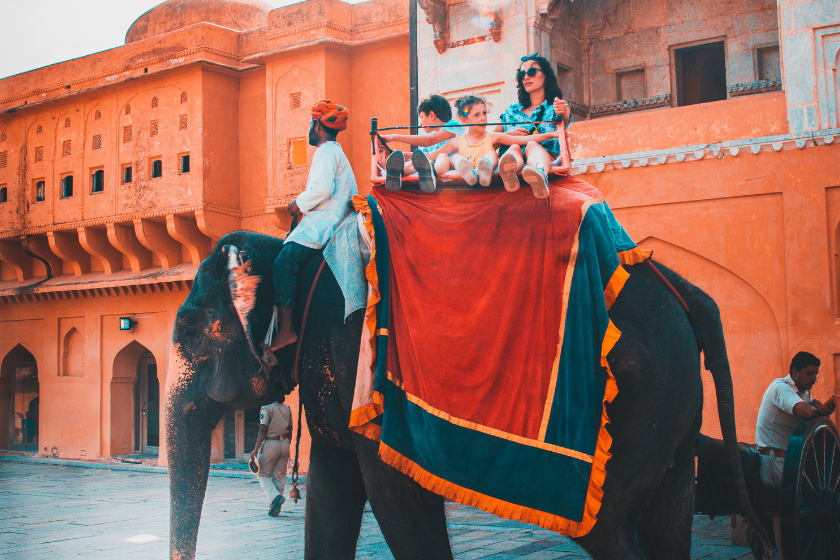
Elephant riding is a widespread but controversial practice. The often brutal training methods and living conditions in the camps raise ethical and environmental concerns.
In Asia, "phajaan" or elephant training involves cruel methods, resulting in lasting physical and psychological damage. In addition, living conditions in the camps can be inadequate, with permanent chains and confined spaces. This mistreatment is particularly marked in the case of elephants, but unfortunately applies to many animals whose conditions for exploitation are alarming.
Announced in 1965 and universally recognized, these five freedoms represent the standards of living conditions for an animal when it is in human care:
- Freedom from hunger, thirst, and malnutrition
- Freedom from discomfort
- Freedom from pain, injury, or disease
- Freedom from fear and distress
- Freedom to express normal behavior of its species
3. Animal shows that often conceal cruel practices

Animal shows are a widespread activity throughout the world. In many cases, the behind-the-scenes story is not as enjoyable as the show itself. Whether in circuses, water parks, or zoos, the animals used in these shows are often subjected to harsh living conditions, far removed from their natural environment. Severe training, forced performances, and confined spaces can have harmful consequences for the animals' physical and mental health.
What's more, the training process can involve cruel and coercive methods. France, and its jurisdiction, regulates and limits the exploitation of animals for tourism purposes, but the exploitation of large numbers of species is still authorized, and such shows may well take place in France. However, a new law was passed in 2023 to ban the use of wild animals in circuses. Although this law will not come into force until 2028, to give them time to adapt, it still represents a major victory for animal welfare.
4. Buying souvenirs that came from animals

In order to safeguard the environment, it is essential to be vigilant about the various items you wish to bring back as souvenirs. The purchase of furs, ivory, shark tooth necklaces, and other wildlife products encourages the capture of wild animals and cruel slaughter methods. This has a devastating impact on the world's biodiversity and fragile ecosystems.
5. Swimming with dolphins or whales
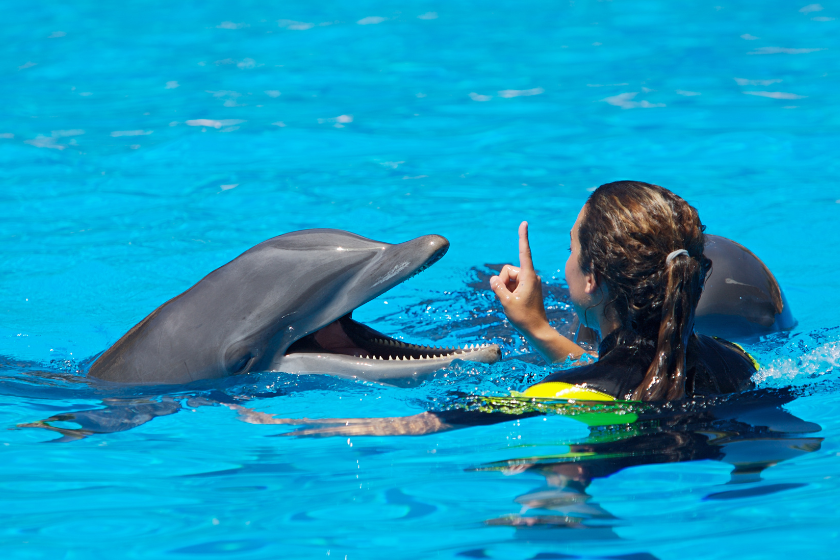
Although the dolphin always seems to give us a big smile, which might prevent us from thinking that it could be unhappy, it's important to remember that this smile is due to the tilt of its jaw, and in no way can it signify this animal's happiness. A dolphin, which can swim up to 65 km a day, will never feel at ease in the tanks in which it is kept, depriving it of any opportunity to reproduce the behaviors of its natural environment. Furthermore, interaction with tourists can be a source of stress for the dolphins. Dolphin swimming sessions and public shows can expose these animals to noisy situations and excessive stimulation, which can have adverse effects on their health.
What's more, it's also important to note that observing dolphins in their natural habitat can also have ethical implications. Tourist boats, noise pollution, and other human activities can disrupt their natural environment and prevent them from resting, feeding, or reproducing normally.
These practices, denounced by scientists, are harmful to all cetaceans: whales, orcas, and others.
6. What to Do if You Witness Animal Abuse
If you witness animal abuse during your trip, it is crucial to respond appropriately. World Animal Protection recommends filming the incident to provide clear evidence and then immediately reporting the situation to the relevant local authorities.
It is important not to intervene directly. This could endanger both yourself and the animal. Your priority should be to gather evidence and contact the authorities so that appropriate action can be taken.
Alternatives to wildlife tourism
While there is an urgent need to abolish many practices linked to animal tourism, this does not mean that alternatives do not exist. We simply need to take the time to find out more, and to ensure that our practices are responsible and respectful of animal welfare. Here are a few alternatives that will allow you to participate in wildlife conservation.
1. Visit refuges and sanctuaries

Refuges and sanctuaries play a crucial role in protecting wild animals that have fallen victim to captivity or abuse. Supporting these establishments by visiting animal rehabilitation sanctuaries enables visitors to contribute to the animals' rehabilitation and eventual return to the wild. It's essential to choose establishments that are transparent, conservation-oriented, and raise awareness.
2. Observe wildlife responsibly
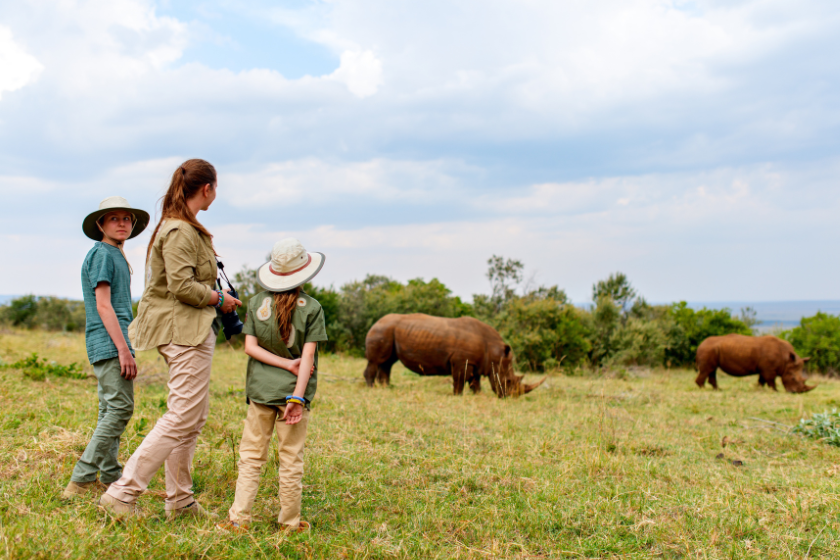
Responsible wildlife-watching excursions are an ethical alternative to traditional wildlife tourism. These experiences focus on respecting animals in their natural habitat, minimizing disturbance. Photographic safaris, birdwatching hikes and eco-tourism tours offer an immersive experience without compromising animal welfare.
3. Volunteer
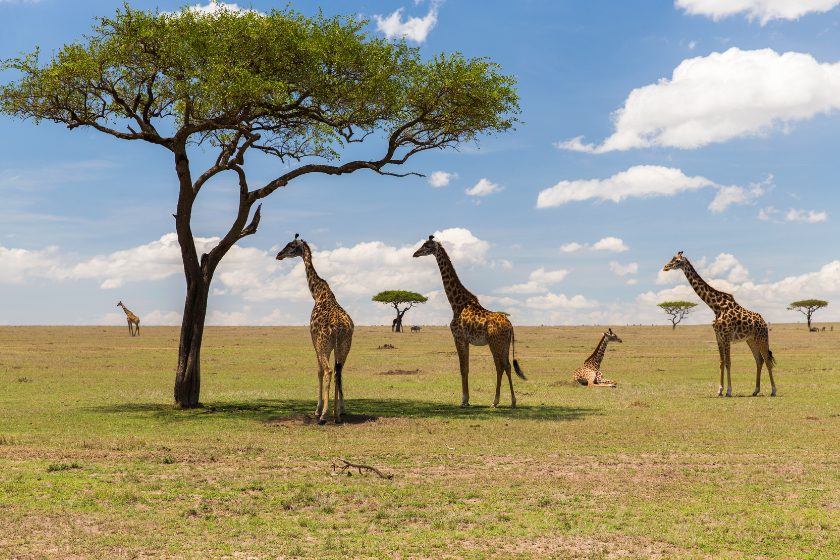
Volunteering for wildlife conservation is a great alternative to the usual mass tourism. It allows you to discover new environments and species while contributing to their well-being. Numerous associations are constantly on the lookout for new volunteers for a wide variety of missions, from anti-poaching to nature reserve management.
Beware, however, that many volunteer platforms are nothing more than scams trying to squeeze money out of you. The Guidisto platform, for example, can help you identify real, useful, and responsible missions.
Moving towards more responsible tourism
By adapting our tourism practices, we have the power to shape our impact on wildlife. Opting for ethical alternatives, exploring refuges, and participating in conservation initiatives offer a travel experience that is not only enriching for ourselves, but also beneficial for the environment we explore.
While it's essential to look at our interactions with living things during our activities, there's much more to protecting our environment than that. This responsible approach manifests itself throughout our trip, depending on whether you choose to travel by train or plane, or opt for a hotel or home exchange, for example. Every choice counts towards preserving our planet, and every gesture helps shape a more sustainable future for generations to come.
I'm going on a home exchange> Why home exchanging can be a more sustainable way to go on vacation
> Travel like a local with HomeExchange
> The benefits of local travel
> Choose the train to travel more responsibly
